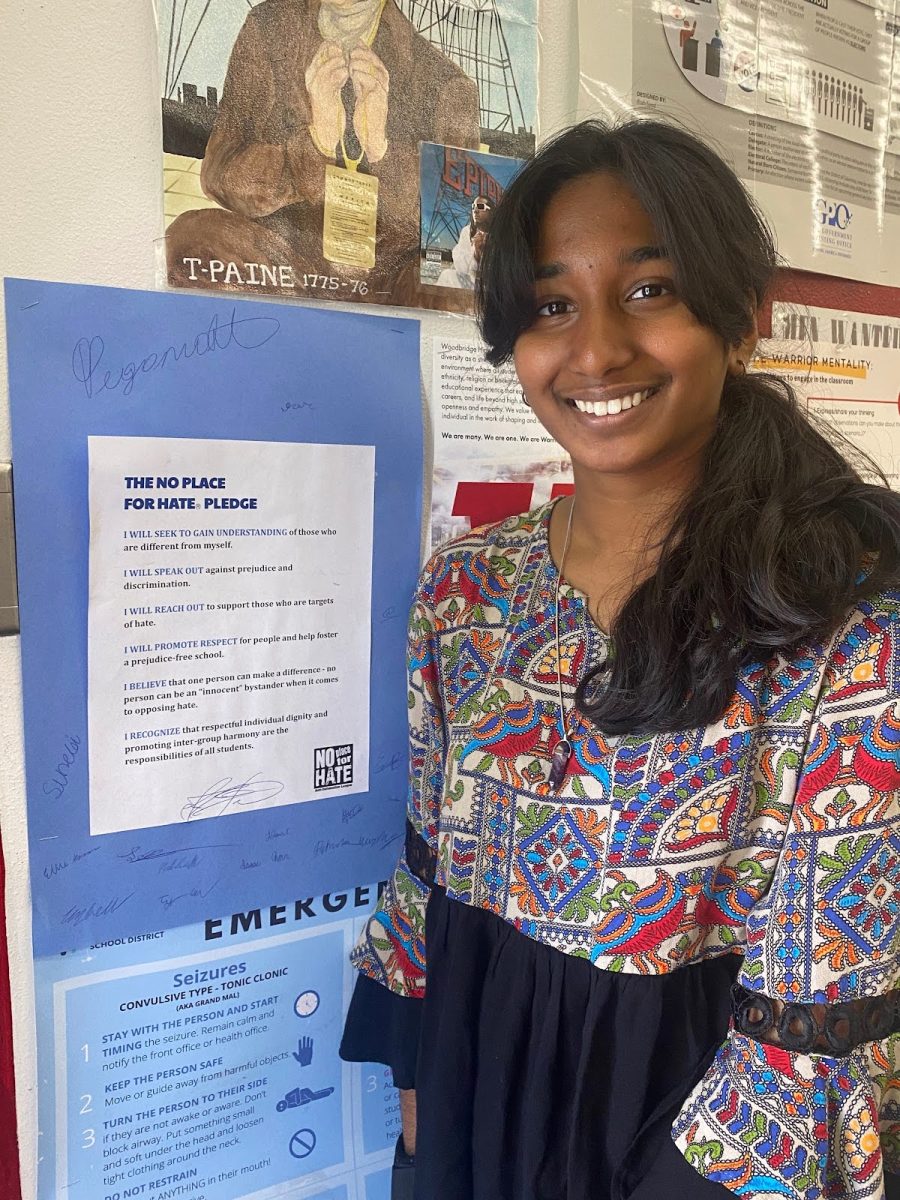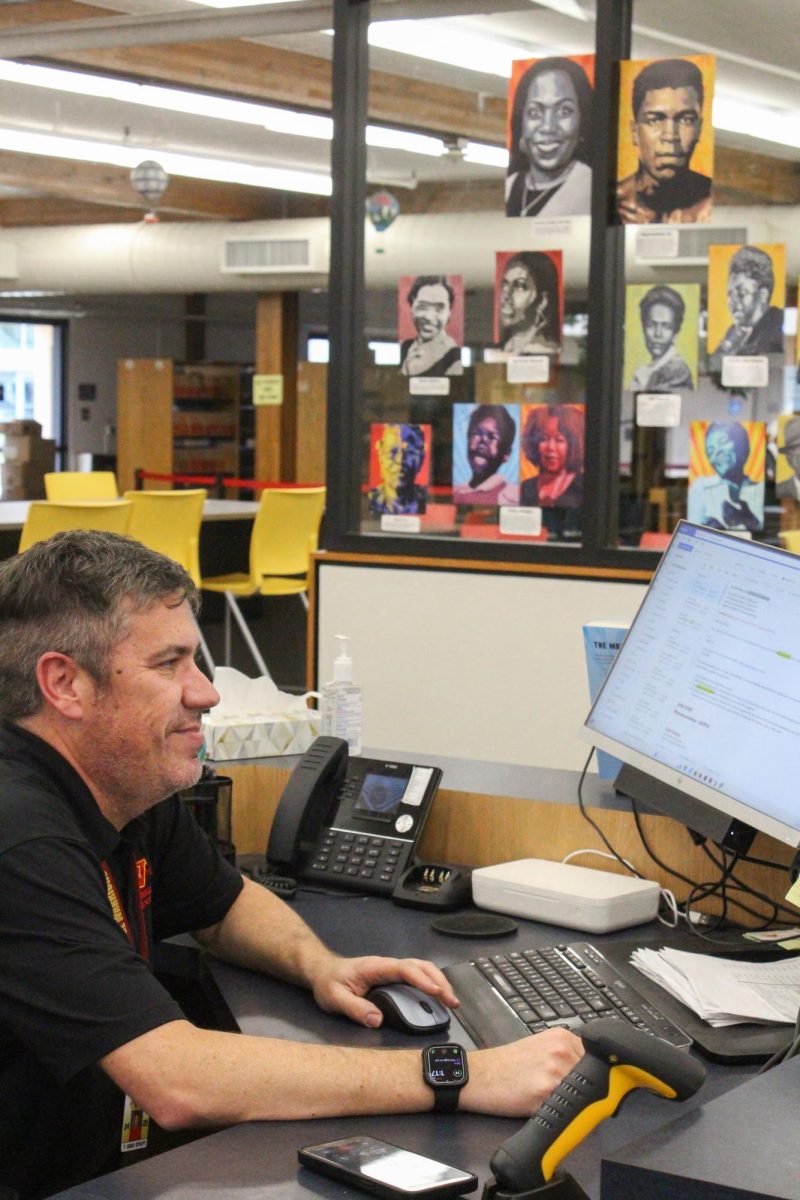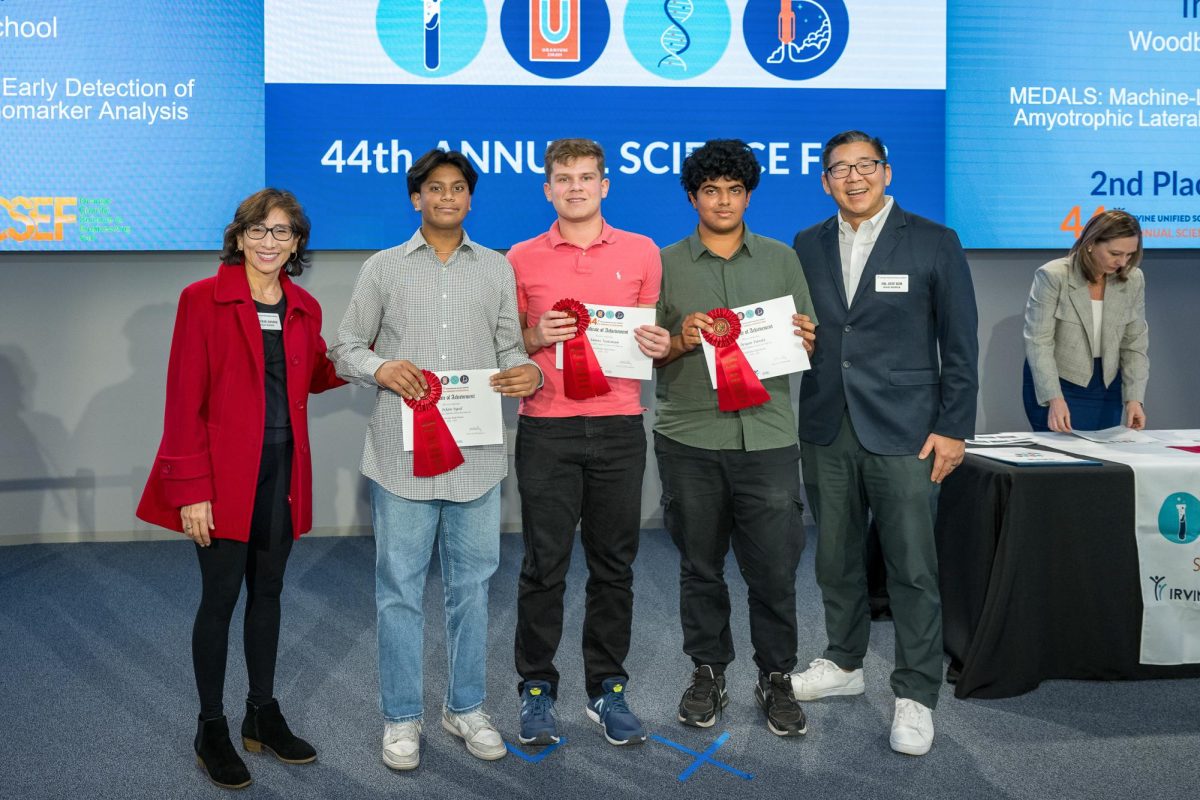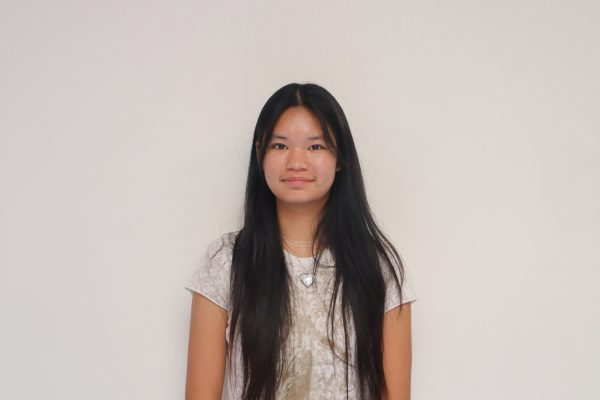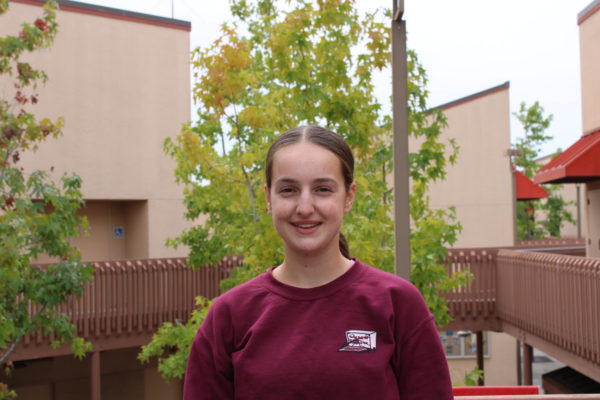In celebration of National Immigrant Heritage Month in June, Woodbridge High students Pangnarith Phay, Leona Lee and Rabani Chadha share their families’ immigration stories and their identity as second-generation immigrants.
Phay recalls the distinct challenges that his mother faced as a Cambodian American. “My mom was born in Cambodia in 1975, which was right when the Khmer Rouge started to gain power,” Phay said.
The Khmer Rouge was a totalitarian communist group that took control of Cambodia during the Cold War era from 1975 to 1979. It was estimated that over 1.7 million Cambodians perished during their rule.
“[My mother] had to forage for crickets and bugs to eat while tanks were rolling through her village…When she moved to America, she was trying to get a better future for me and her two other kids,” Phay said.
As for Lee, her father moved back and forth between Brazil and Taiwan before coming to America as a freshman in high school.
“He [went] to Woodbridge High, class of 1996…his parents wanted him to have a better education, just like the American dream,” Lee said. “His family waited 12 years [for a green card], and that’s a long time since the government limits green cards each year.”
Lee’s father initially came to work at his job, based in Los Angeles, but stayed in Irvine to give his children the same that his parents gave him: the gift of educational opportunity.
As an Indian American, Chadha describes her father’s challenges when he immigrated to the United States as an engineer.
“Most of the people who are from India are Hindu. [My family and I] are from the Sikh minority…my dad wears a turban and that is something you wouldn’t see in the United States,” Chadha said. “I think there’s a lot of discrimination against people wearing a turban and American people often stereotype them as being bombers or terrorists.”
Even with numerous educational opportunities, the language barrier initially was a conflict for Lee’s father as he started a life in the United States.
“He took English as a Second Language [classes]…but he went to a California State college, which isn’t too bad for an immigrant,” Lee said.
The family history of these students is reflected in how they view themselves as they grow up in the United States, and Chadha explains the broadening of her perspective on developing an Indian American identity.
“I hear about my parents talking about their struggles from transitioning to American values, American food and the overall culture, [and] that shapes who I am,” Chadha said. “Now I can embrace my own culture [and] I’m more appreciative about it, and I think it contributes to my unique identity.”
Phay embodies an alternative viewpoint, having assimilated into the American counterpart of his identity.
“I have no attachment to my country…my mom often took me to temples during the holidays and she made me do prayers and all that. But she doesn’t do that anymore,” Phay said.
As the National Immigrant Heritage Month approaches, it serves as a reminder to embrace others’ cultural backgrounds and to have an open perspective on supporting diversity and inclusion.




